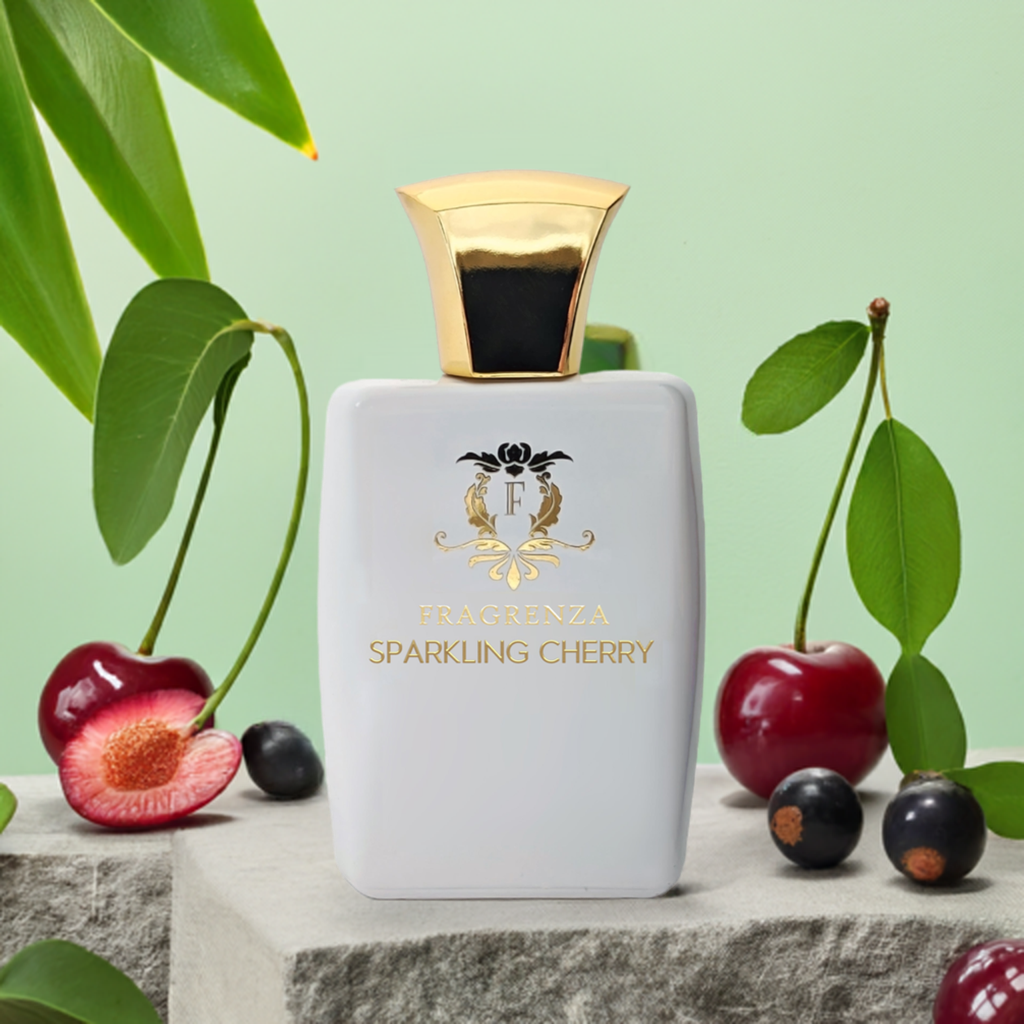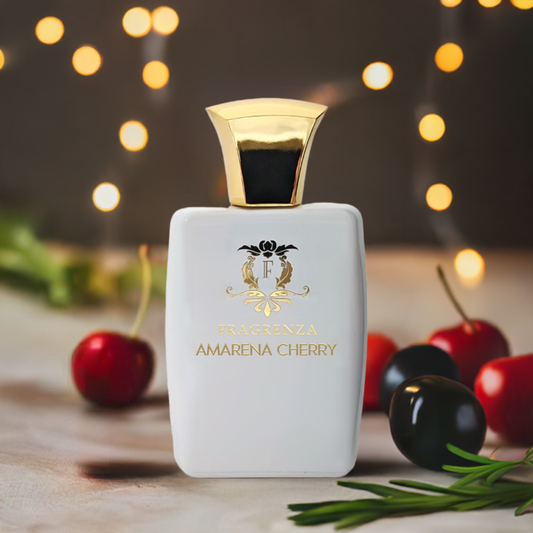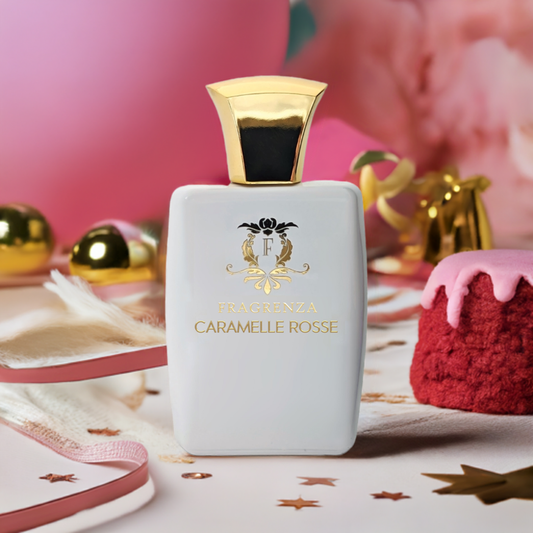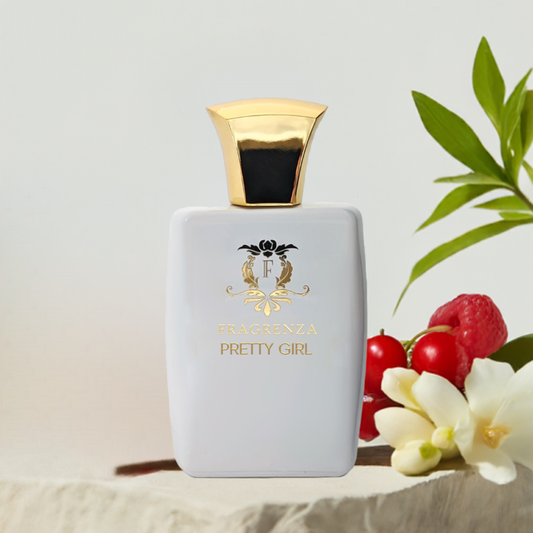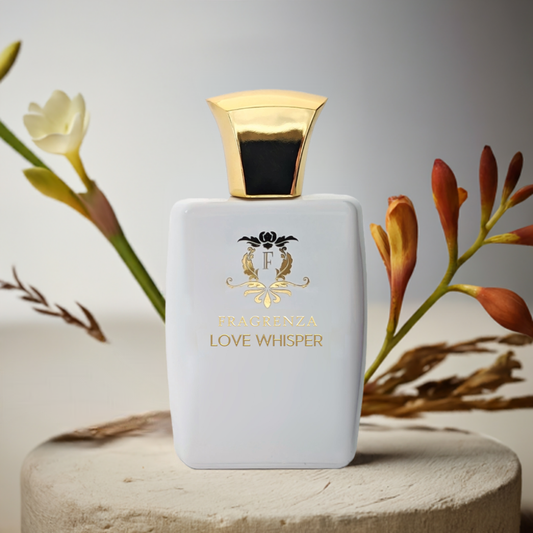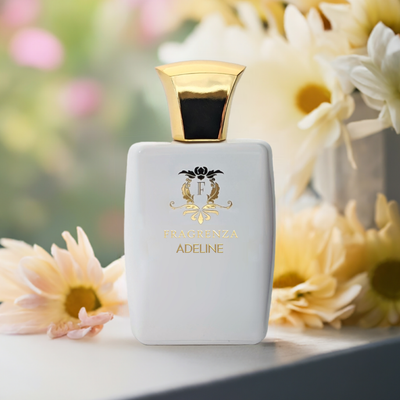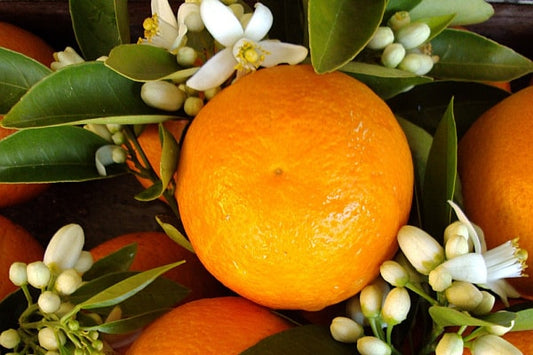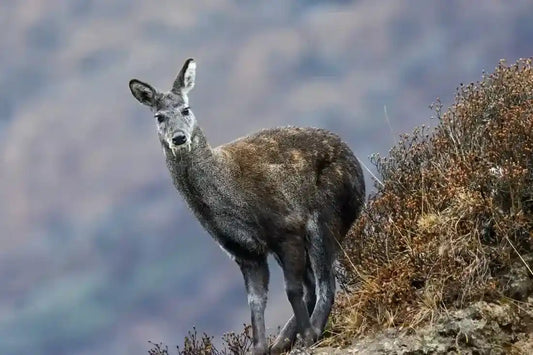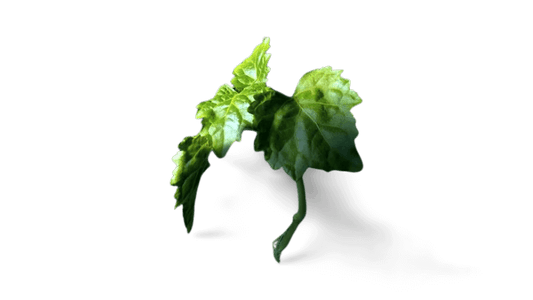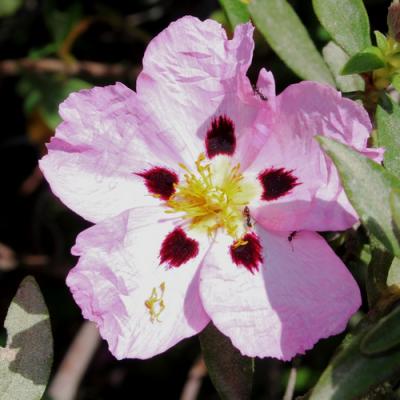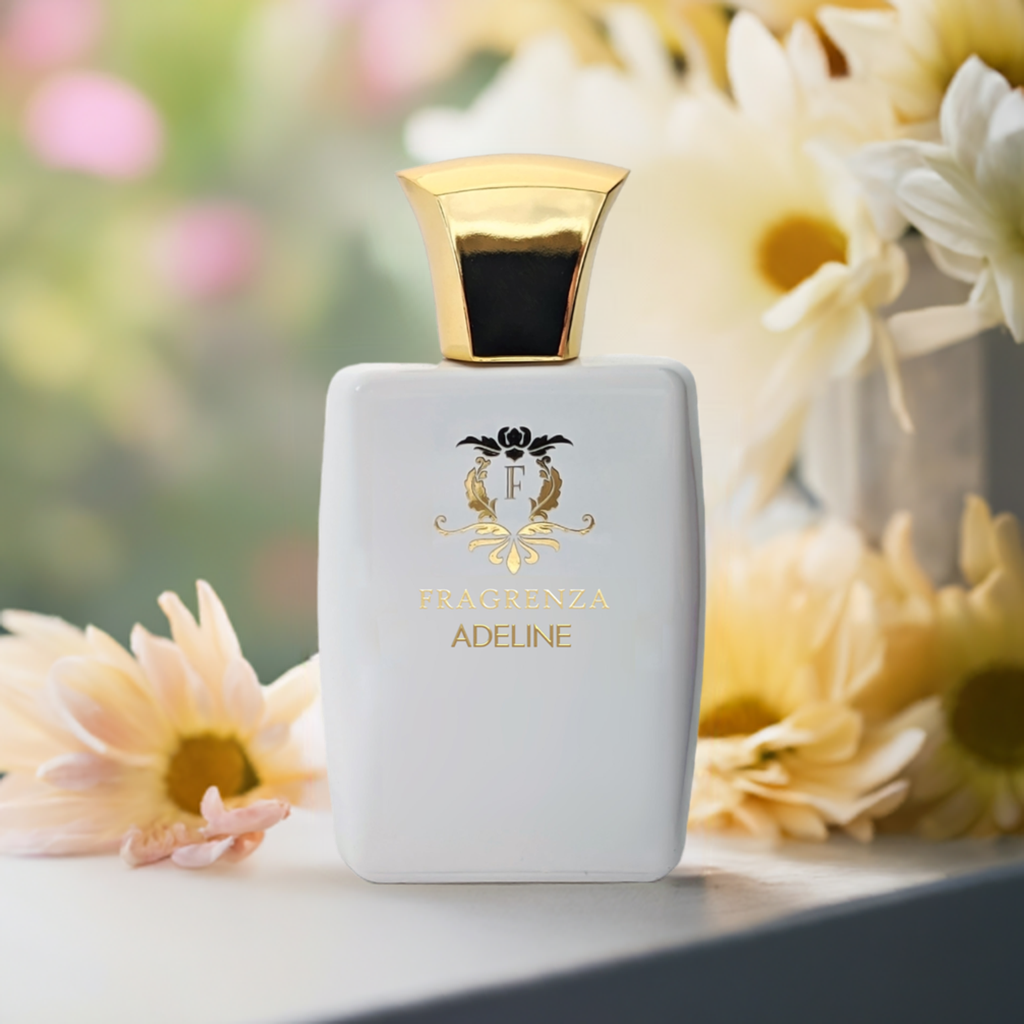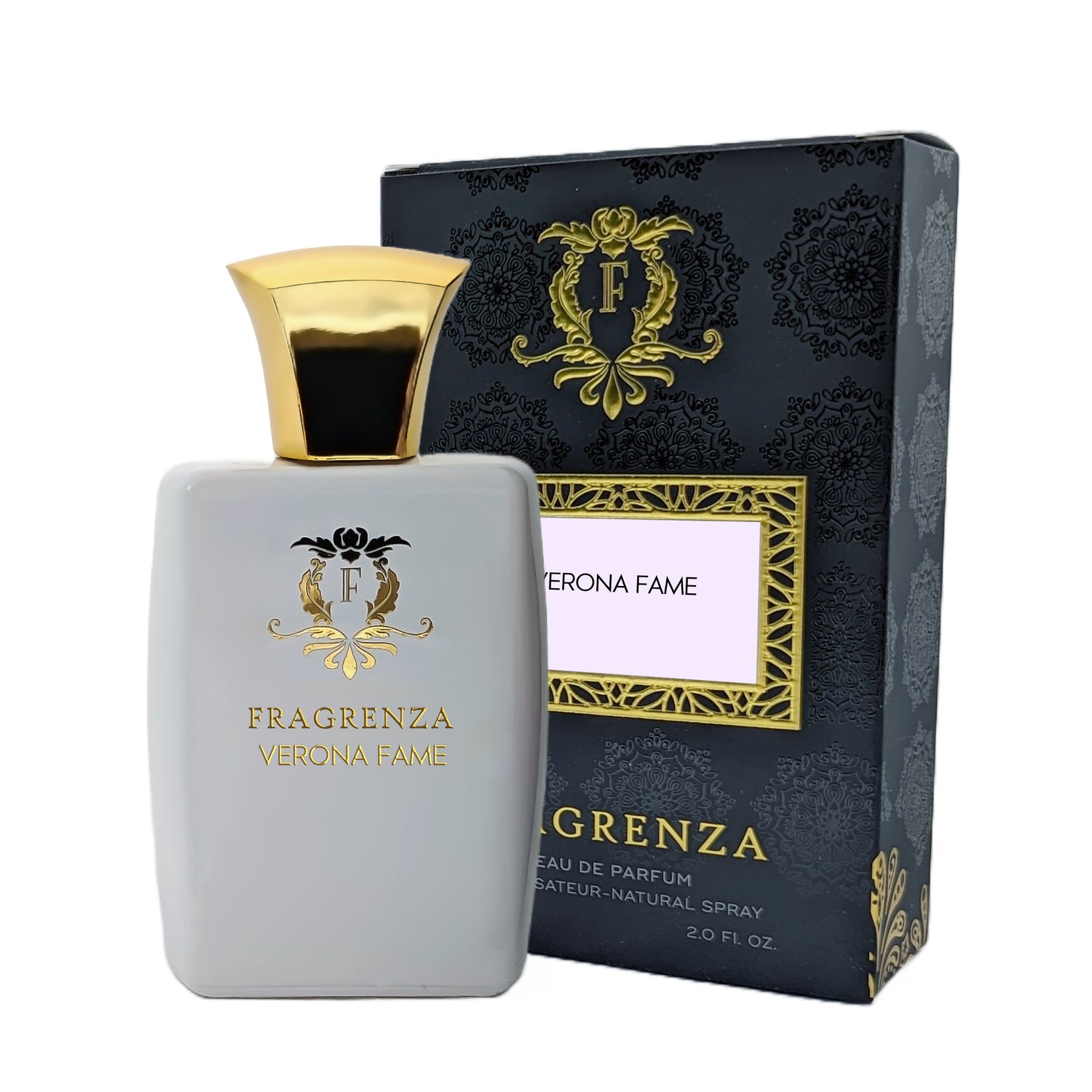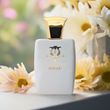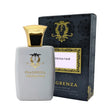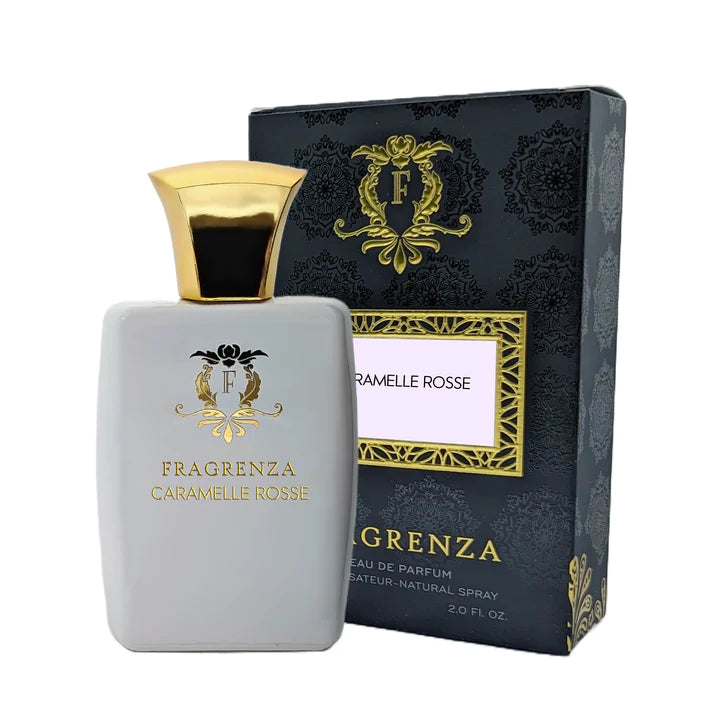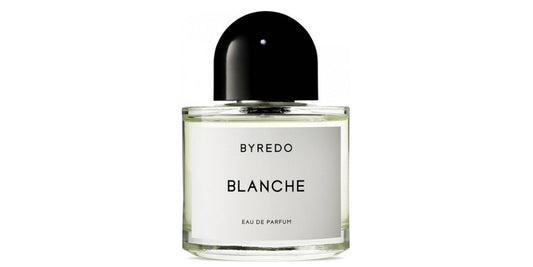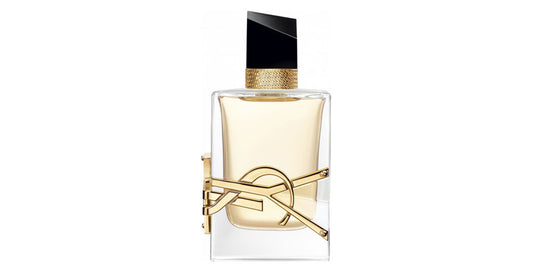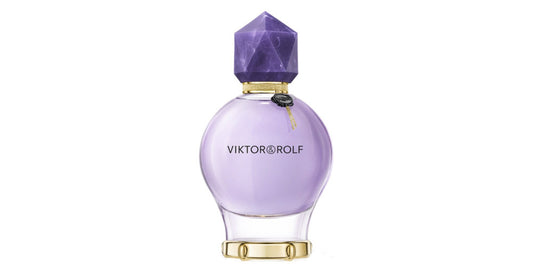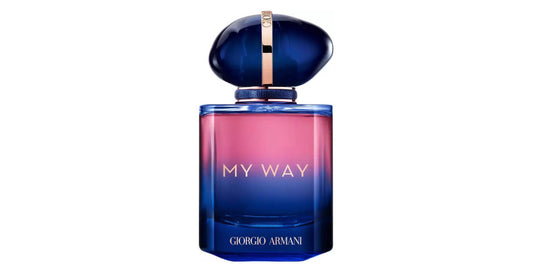What does rhubarb smell like?
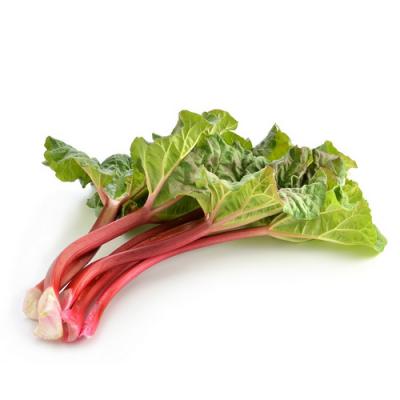
In This Article
The Allure of Rhubarb: Origins, Cultivation, and Enchanting Fragrance
Rhubarb, a resilient perennial herbaceous plant belonging to the Polygonaceae family, has captured the hearts of gardeners with its tenacious spirit. Flourishing in temperate regions, this intriguing plant boasts generously-sized, roughly triangular, and textured leaves, each measuring around 50 cm long, accompanied by inedible petioles due to their high oxalic acid content. Additionally, it showcases short green and reddish rhizomes, about 50 cm in length and 3 to 7 cm in width.
Tracing its roots back to antiquity, rhubarb has an ancient history and was cherished for its medicinal properties in China. Packed with invigorating vitamin C and fiber, it serves as a natural laxative and purgative, similar to aloe. Furthermore, rhubarb offers an abundance of essential minerals, including potassium and phosphorus. Its root secretion is highly valued for its antiseptic properties, addressing liver issues and serving as an effective anti-inflammatory for oral mucous membranes. Introduced to Europe by Marco Polo, rhubarb initially found use for its medicinal and ornamental virtues, eventually evolving into a vegetable consumed since the 13th century.
The Perfumer's Quest: Crafting the Enchanting Rhubarb Scent
Rhubarb is a demanding plant, preferring deep, cool soils and basking in the warmth of sunlight. The harvest season spans late April to June, with a second harvest in late September. A single rhubarb plant remains productive for an impressive 5 to 10 years. Even with reduced yields, some rhubarb plants have been known to live for over a century!
In the realm of perfumery, extracting the scent of rhubarb directly proves challenging. Perfumers instead ingeniously reconstitute its captivating aroma using other essences. The resulting rhubarb accord exudes a green, fruity and aromatic fragrance that dances playfully on the senses, reminiscent of a sun-kissed orchard after a refreshing summer rain. It carries a subtle acidic and floral undertone, adding depth and uniqueness to perfumes, creating an intriguing symphony of scents that lingers in the air like a delightful secret.
Fun fact: Rhubarb earned the nickname "pie plant" owing to its widespread use as a pie filling, a tradition that harks back to the 19th century in the United States and England.
Rhubarb's Fragrant Journey: From Garden to Perfume
Rhubarb's fragrant essence finds its way primarily into the realm of fine perfumery, where it graces various esteemed fragrances. Notable perfumes featuring the captivating rhubarb note include Adieu Sagesse by Jean Patou, Tutti Kiwi from the Aqua Allegoria Collection by Guerlain, as well as summer editions of the iconic CK One by Calvin Klein. The kiwi note, found in musk-infused fragrances like So by Oscar de La Renta and Amour d'Amandier by Nina Ricci, as well as Ralph Cool by Ralph Lauren, forms delightful and intriguing scent combinations with rhubarb, adding a touch of exotic allure to these creations.
Whether in a lush garden or an enchanting perfume, rhubarb's charm endures, leaving an everlasting impression on all who encounter its delightful and mysterious scent.
